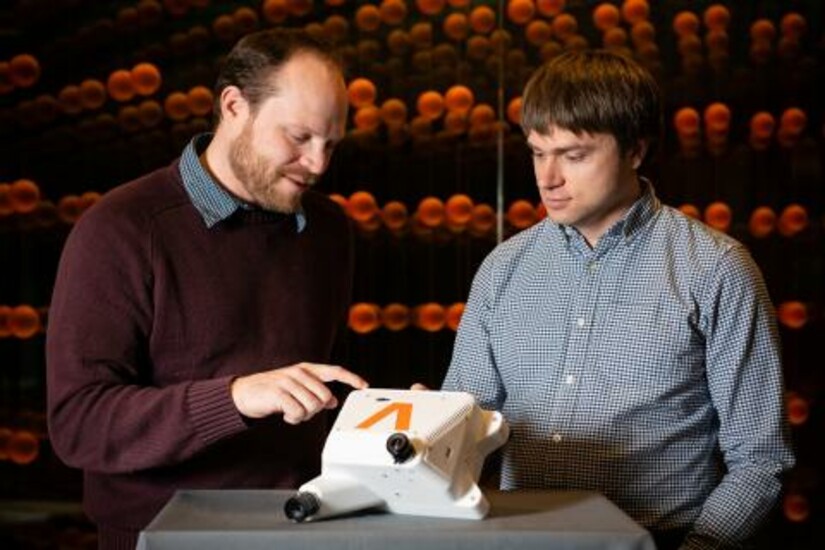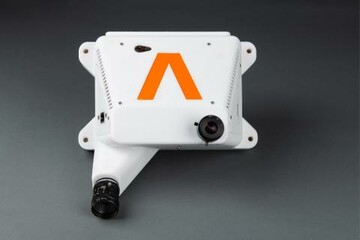Draper Research Payload Flies on Blue Origin New Shepard NS-24
CAMBRIDGE, MA—The shortest and most intense phase of a lunar mission is the entry, descent and landing, often referred to as “EDL.” It begins when the spacecraft leaves lunar orbit, traveling nearly 3,802 miles per hour (6,120 kilometers per hour). It ends a few minutes later, with the lunar lander stationary on the surface. To safely go from those speeds down to zero, in a short amount of time, while hitting a narrow target on the surface requires exacting technology.
Draper’s vision-based navigation system for precise lunar landing is just such a technology. Recently, the system, named the Draper multi-environment navigator, or DMEN, traveled as a payload on New Shepard’s 24th mission. It was one of 33 payloads from academia, research institutions and students across the globe.
The flight on New Shepard was the latest in a series of tests for DMEN. To improve the system’s accuracy, Draper developed software that fuses data from vision-based and inertial navigation systems and that benefits from the advantages of both sensing approaches. The purpose of the flight test was to gather real-world data that will enable Draper to improve a lander’s ability to safely reach the lunar surface.
“Draper is advancing DMEN by taking it higher and faster, and testing its capabilities at rocket speeds,” said Brett Streetman, senior member of the technical staff at Draper. Draper’s navigator is designed to operate independent of satellite data, “which is important because there is no GPS on the moon.” DMEN is equipped with sensors and technology to operate where there is no GPS signal, he said.
DMEN is a self-contained package that weighs 4 pounds and fits within a volume of 10in x 10in x 8in. All necessary hardware is contained within the system, except for the external camera lens, including an inertial measurement unit sensor, camera body, processing, sensor circuitry and battery power. A powerful suite of algorithms processes the sensor data into a navigation solution, providing capability for visual-inertial odometry and visual terrain-based absolute positioning.
Preparing DMEN for this trip was funded under NASA’s Flight Opportunities Program. Dominic Maggio, a former Draper Scholar from MIT, served as a key technical contributor, furthering Draper’s and NASA’s shared commitment to STEM education.
According to NASA’s definition, the DMEN system has achieved a technology readiness level, or TRL, of 6-7 for both ground and low-altitude operations. Suborbital flights, like the one on New Shepard, will allow for the collection of data and validation of algorithms in a suborbital environment, which would advance the descent portion of the EDL in its TRL.
Released December 19, 2023




